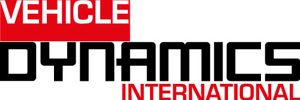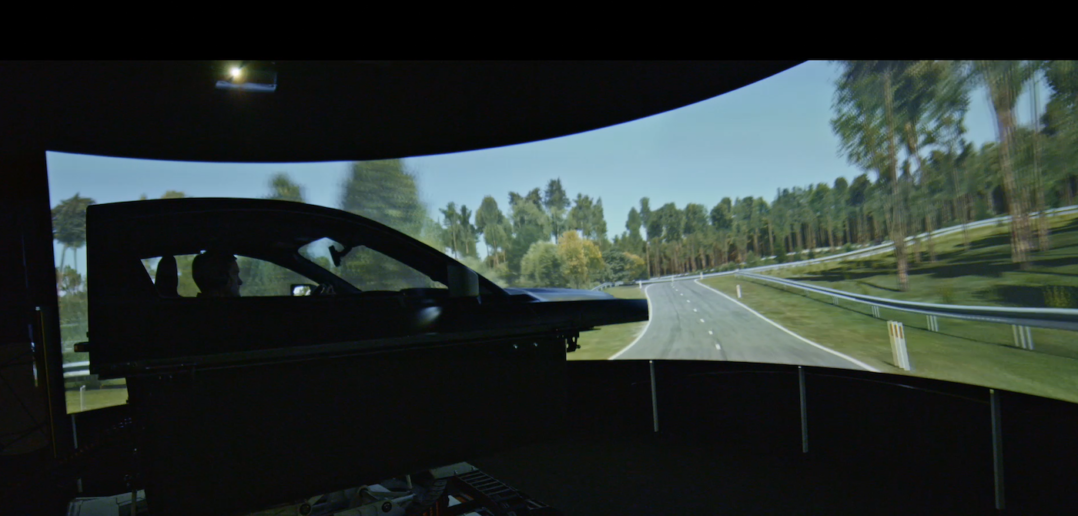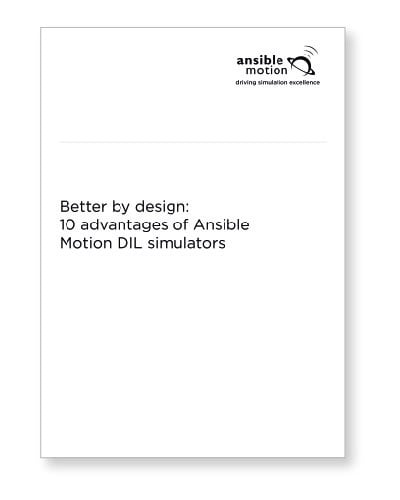 We wanted to share news about the use of Ansible Motion simulators in automotive design.
We wanted to share news about the use of Ansible Motion simulators in automotive design.
With an ever-evolving list of expectations by customers, how does Ford keep a model range up to date with the latest technology and safety features without compromising quality, safety and durability? Ford’s investments in driving simulations and simulators are revolutionising the way its engineers develop vehicles.
Ford aspires to leverage big data to benefit vehicle dynamics, especially in the field of simulation. Its engineers have been gathering data during various vehicle testing programmes over the years, creating a solid foundation for simulations. However, before this data can be used in simulations it must go through numerous correlation tests, which analyse the accuracy of the simulated information by comparing it with real-world data. The team can only begin building simulations when the right level of analytical capability is achieved – and only then can a simulator be built.

From the first 3D designs, to physical prototypes and finally to production, every vehicle prototype needs to pass a strict inspection process conducted by key engineers before being able to move through the vehicle development process. This process is made up of what Ford calls ‘judgement gateways’, one of which is the Final Design Judgement Gateway (FDJ), whereby lead engineers sign-off on the various improvements made to the prototype vehicles. With the addition of simulation in the product development process, the FDJ is also used for confirming the Computer Aided Engineering (CAE) modelling, ensuring that the engineers are comfortable with the results the simulation produces for various scenario tests.
For example, the vehicle dynamics team led by David Perks in Australia fully utilises simulations by using CAE as a mock-up of a real-world vehicle in order to better understand how it will behave in certain conditions. Perks’ team is confident in the simulation models, since they have been proven on numerous vehicles that have been developed out of the Ford Australia Proving Ground.
“An example of the crossover from simulation to reality is the ride of the Ford Ranger,” says Perks. “Its simulation should be able to define parts and give us the confidence that the parts will perform as they should.”
Read the full article on the Vehicle Dynamics International website.



